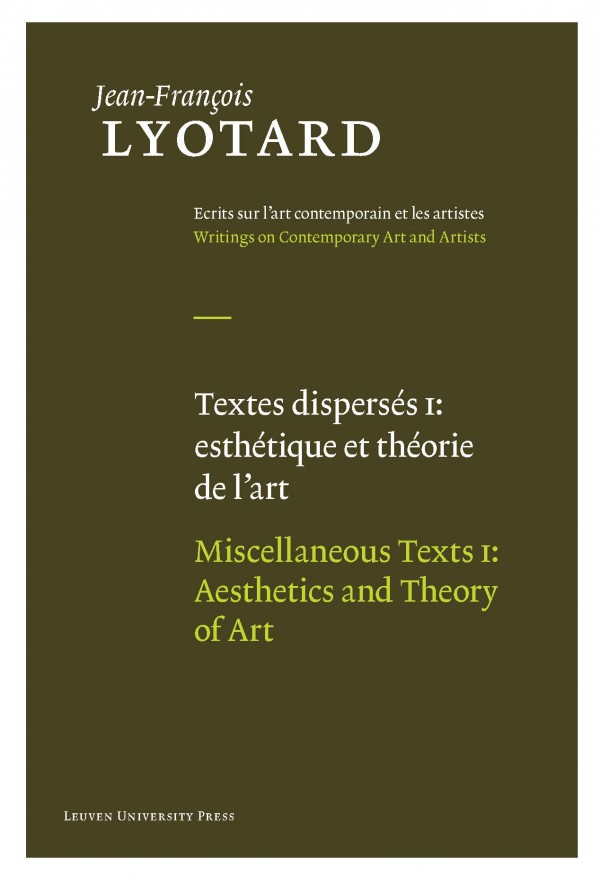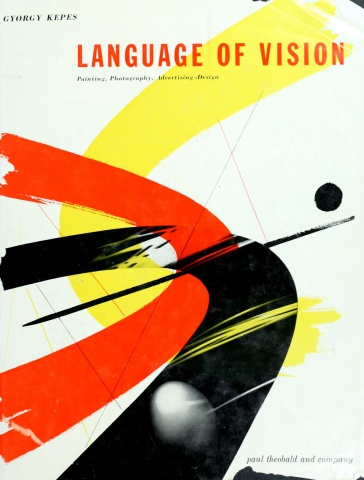Raphael Montañez Ortíz: Laser/Disc/Scratch/Destruction (2011)
Filed under brochure | Tags: · art, destruction art, experimental film, film, manifesto, performance, performance art, sculpture, sound, video, video art

An edition of documents and facsimiles of the artist published to accompany his exhibition at LABOR in México City.
In 1957 Raphael Montañez Ortíz (New York, 1934) began exhibiting sculptures and experimental films. From the start of his career he incorporated destruction and deconstruction as elements of his work, converting them into key figures for understanding the development of avant-gardes during the post-war period. In addition to producing film, music, sculpture, performance and video, Montañez Ortíz pioneered practices such as working with food, computers, and founding portable museums. His works often operate as a counter-anthropology, and he has taken ethnographic methods used to study tribal behavior and applied them to contemporary society.
The LABOR exhibition focused on two aspects of his diverse oeuvre: the first is comprised of documentation surrounding his destruction of pianos and his production of written manifestos; the second is his video work, which he began in the 1980s.
When he participated in the Destruction in Art Symposium (DIAS) held in London in 1966, Montañez Ortíz already had a reputation in the art world for destroying pianos. In the documents it is interesting to observe the contrast between the primal brutality of his actions and the elaborateness of his thoughts as recorded in his manifestos from the same era. The shock of these actions was not directed exclusively at a group of initiates, but at a larger audience that was reflected in the stupor of the mass media.
The Laser Disc Scratch Videos were the result of an interface designed especially by the artist, which allowed him, through the use of a joystick and little knobs, to control a laser disc player in real time. This instantaneous manipulation of video allowed him to work without having to cut or paste, inaugurating a totally new way of working with images without resorting to conventional processes of editing. The result is a zoom though time. Three seconds of footage are stretched out in a spastic movement that ceaselessly deconstructs and reconstructs the narrative. The effect is hypnotizing, and one might say that these videos function like a psychotropic substance absorbed through the eyes and ears. Nevertheless, the physiological effects of these pieces are just the first level among many. At the center of the vortex there is a deconstruction of cultural roles and conventions, an exorcism of the ghosts of contemporary society. (adapted from a press release for the exhibition
The volume contains an interview with Raphael Montañez Ortíz by Pedro Reyes, selections from his archive: “Destructivism: A Manifesto” (1962, handwritten manuscript + transcript, 4 pp), “Destruction Art: Survival Kit” (1968, typed manuscript, 3 pp), “D.I.A.S. Destruction in Art Symposium” (1966), “Diary of a Ritual” (1969, typed manuscript, 9 pp), and a number of photographs.
Edited by Pedro Reyes
Publisher LABOR, México City, 2011
37 pages
via L_A_B_O_R
PDF
1988 print of the Destructivism Manifesto (via ICAA Docs)
2013 Tate exhibition of the 1966 “DIAS” piano
Jean-François Lyotard: Miscellaneous Texts, I-II: Aesthetics and Theory of Art & Contemporary Artists (2012) [EN/FR]
Filed under book | Tags: · aesthetics, art criticism, art history, art theory, philosophy


“The first volume, which is itself the fourth of six in the series devoted to Lyotard’s writings on contemporary art and artists published by Leuven University Press, presents nine essays on general aesthetics and the theory of art. Most of these texts, preserved in the Lyotard archives of the Bibliothèque Littéraire Jacques Doucet in Paris, are published here for the first time. They do not reveal ‘another Lyotard’ than the one whom we know through his major writings. Nevertheless, they cover the whole period of his production, from 1969 to 1997; and they make the development of his philosophy of art explicit. After the ‘libidinal’ conception of art in his early writings, the ‘Kantian twist’ of around 1980 places his view on art under the aegis of the sublime.
The second volume brings together thirty-nine essays by Lyotard that deal with twenty-seven artists: Luciano Berio, Richard Lindner, René Guiffrey, Gianfranco Baruchello, Henri Maccheroni, Riwan Tromeur, Albert Ayme, Manuel Casimiro, Ruth Francken, Barnett Newman, Jean-Luc Parant, François Lapouge, Sam Francis, André Dubreuil, Joseph Kosuth, Sarah Flohr, Lino Centi, Gigliola Fazzini, Bracha Lichtenberg Ettinger, Henri Martin, Michel Bouvet, Corinne Filippi, Stig Brøgger, François Rouan, Pierre Skira, and Béatrice Casadesus. Some of these texts were originally written as contributions to catalogues, others were published in now-inaccessible journals.”
Textes dispersés I: esthétique et théorie de l’art; II: artistes contemporains
Edited by Herman Parret
With epilogues by Jean-Michael Durafour (I) and Dolorès Lyotard (II)
Translated by Vlad Ionescu, Erica Harris and Peter W. Milne
Publisher Leuven University Press, 2012
Jean-François Lyotard: Writings on Contemporary Art and Artists series, 4/I+II
ISBN 9789058677914 & 9789058678867
264 and 720 pages
Volume I (watermarked, updated on 2022-5-16)
Volume II (watermarked, updated on 2022-5-16)
Gyorgy Kepes: Language of Vision: Painting, Photography, Advertising-Design (1944–) [EN, ES, DE]
Filed under book | Tags: · advertising, art, art theory, bauhaus, colour, design, light, painting, perception, photography, vision

Noted painter, designer, theoretician Gyorgy Kepes analyzes the effect of visual language on the structure of human consciousness, in particular how the elements of line and form are perceived and how innovative types of perspective can lead to more dynamic representations in art. Over 300 photographs, drawings and illustrations.
With introductory essays by Siegfried Giedion and Samuel Ichiye Hayakawa
First published in 1944
Publisher Paul Theobald, Chicago, 1969
228 pages
Commentary: Ellen Lupton and J. Abbott Miller (1999), Leigh Anne Roach (Ph.D. dissertation, 2010).
Language of Vision (English, 1944/1969, 33 MB, no OCR)
El Lenguaje de la visión (Spanish, trans. Enrique L. Revol, 1969, added on 2017-6-21 via Valericke)
Sprache des Sehens (German, trans. Renate Pfriem and Almut v. Wulffen, 1971, 20 MB, added on 2019-12-3 via ARCH)

